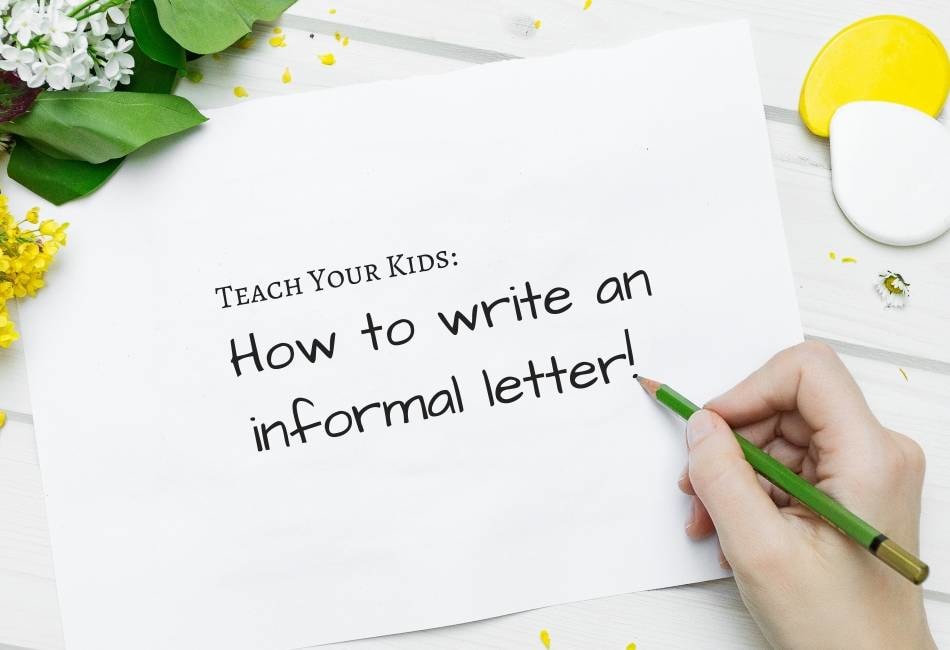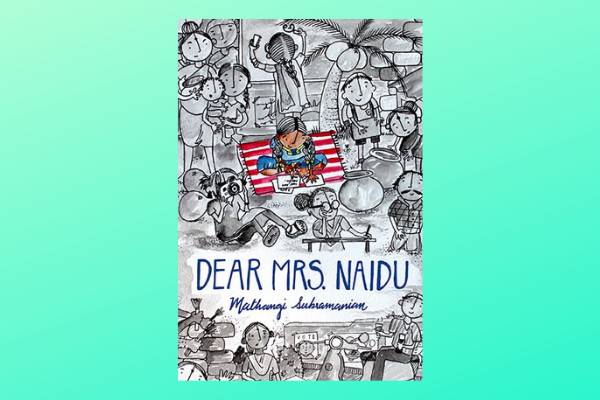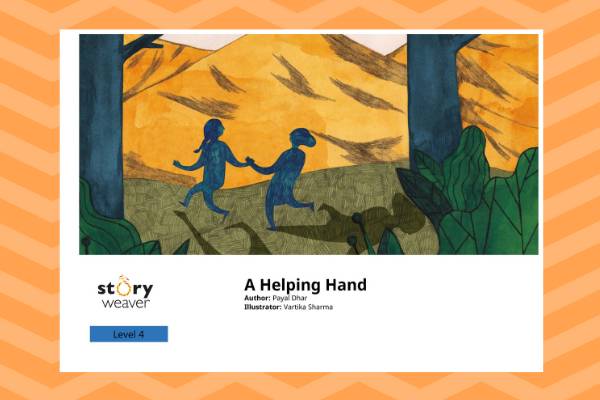How to Write Informal Letter
- 25400 Views
- GetLitt!
- June 24, 2019
- List of Books
Among the many things that add to the human race’s sparkle is the ability to communicate that makes us special. That’s why today, we want to share with you the tools on how to write an informal letter. Before we get on with writing a letter, let us get a brief idea about the history of letter writing.
Informal Letter Writing
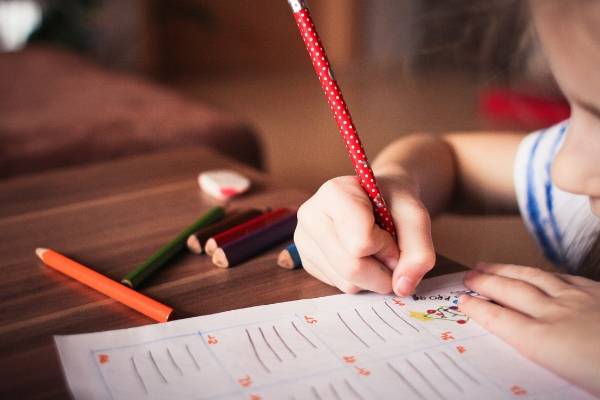
Image Courtesy canva.com
Humans don’t just talk (in multiple languages), we engage in non-verbal communication with gestures and expressions, but more importantly, what sets us apart is our ability to write. Writing and reading are such an integral part of our daily life that within the first few years of any human’s life, they become as natural as breathing.
Humans have gone on to write in diverse forms, like scripts, novels, poems, and messages. Messages have been an essential and evolving mode of communication between human beings. The first recorded handwritten letter was written by a Persian Queen, Atossa around 500 BC.
Since then, the communication industry has boomed, giving way to path-breaking inventions that enable fast messaging. Emails, text messages and even video calling have made many people speculate that the habit of writing a letter has gone away for good. But, has it?
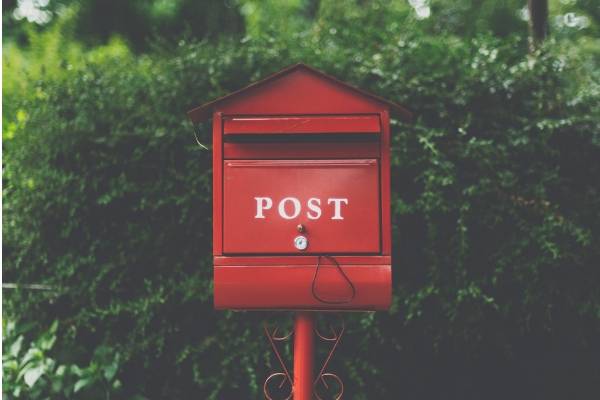
Image courtesy Bundo Kim, Unsplash
Why did our ancestors start writing letters in the first place? Letters have been a part of our society since ‘Before Common Era’ and they dominated long distance communication until the invention of the telephone by Alexander Graham Bell in the late 19th century.
Even after this major breakthrough, the telephone went through multiple changes and became a household item only towards the late 20th century. Letters have been a valuable source for unraveling history.
Historians have used recovered letters to understand political relationships between kingdoms and states; to learn of the unsung scientific inventions and discoveries etc. They definitely help us understand how our cultures and languages have evolved and grown.
Informal Letter Writing in English
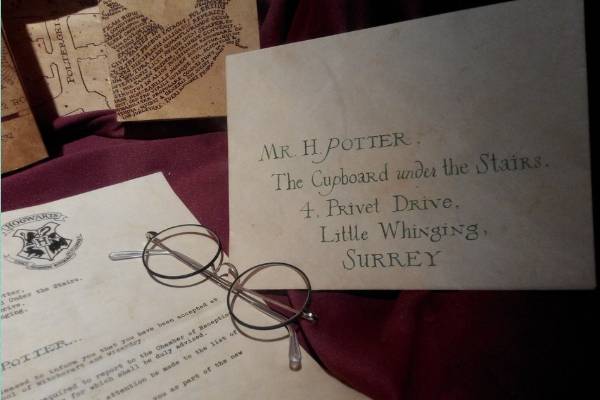
Image Courtesy Rae Tian, Unsplash
Letters have always been classified into two major categories – formal letters and informal letters. Formal letters are written in a professional capacity. They are written for a very specific purpose. They are also short, to the point and follow a set format or structure. Informal letters, on the other hand, are written for personal reasons.
They are written to people one may know very well. Hence, they tend to be longer and more detailed. They can cover multiple topics and their format is not very rigid. Informal letters show that a person has taken the time and effort to communicate.
They allow the writer to be creative, to use any format that best suits them, and to add images,
photographs, charts, tables or whatever is relevant to the written piece.
How to Write Informal Letter
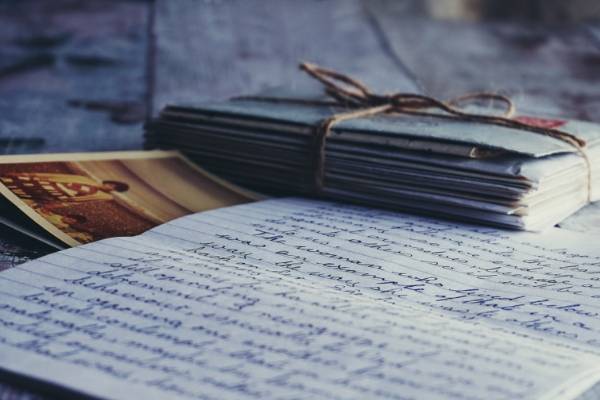
Image courtesy canva.com
1) Who and Purpose
These two points are like two sides of a coin. Remember these letters are personal and written to someone you know well. You have to think ‘why?’ Why are you choosing to write to this person and what do you want to tell them? Think about these questions before you start writing.
2) Language
Here, you actually have the freedom to use a lingo that is familiar to both parties. Bilingual words, spelling modifications, and short forms are allowed too. If you are not writing an informal letter for an exam, then don’t stress about strict grammar rules or technicalities. In Informal letter writing, more than the language, what matters here is the emotion! Which brings us to the third point.
3) Emotions
Informal letters writing has more emotional value than formal letters. It is the mixture of the content and candid nature of these letters that make them emotional. Even if the purpose of your letter is to factually recall happenings, don’t forget to add emotion to it.
Let the person know how a particular incident made you feel. For e.g: If you are writing a letter to wish your brother for Raksha Bandhan, talk about the previous years’ celebrations and recall incidents that spark happy memories for you.
4) Edit Your Work
Editing helps with the tone of your letter, to keep it candid and casual. However, don’t over edit. Try not to make it too boring and stay focused on the points you want to cover. You can create a mental checklist and use that to make sure you are covering all the points. Use phrasal verbs, anecdotes, and real-life incidents to keep your writing upbeat and engaging!
How To Write An Informal Letter format
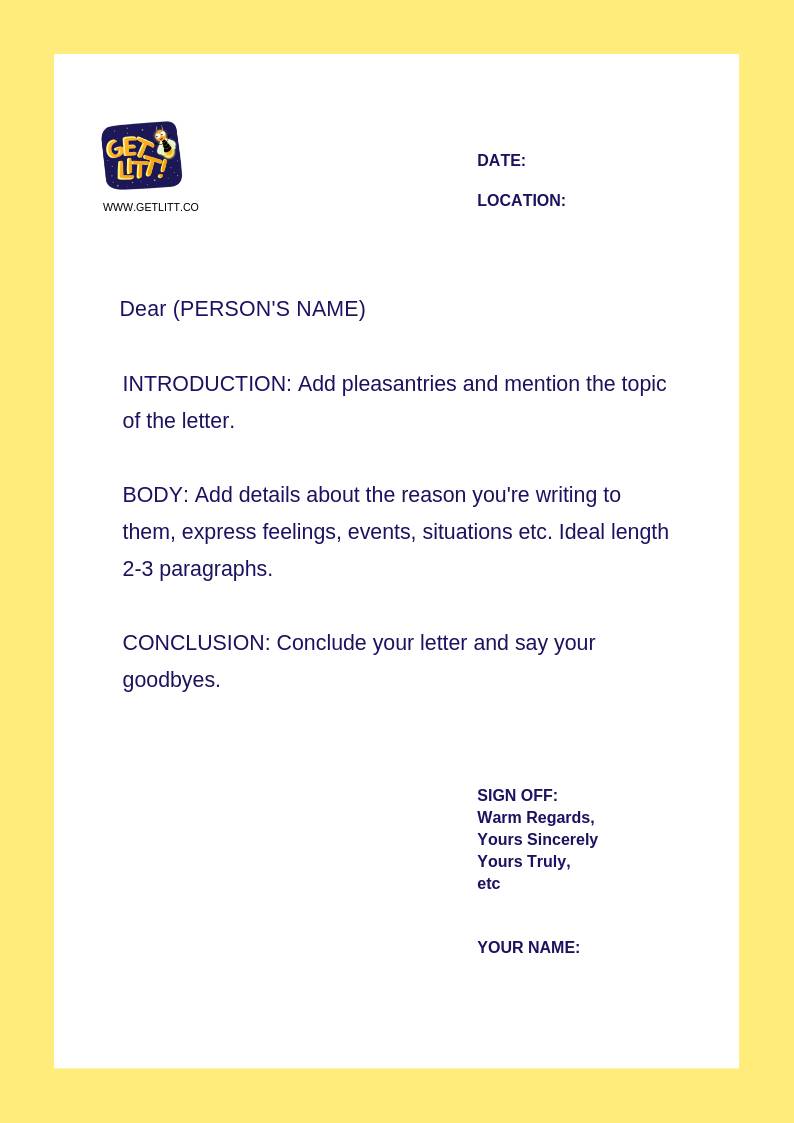
The informal letter does not follow a very rigid pattern, but your letter should be organized and look something like this.
Address
Include commas at the end of each line
Last line of address ends with a full stop
(Where do you currently stay?)
Date
Do not put a comma or full stop at the end of the date
Dear_(who’s the lucky recipient?) _
Introduction – It’s time for a catch-up!
If you haven’t seen the person you are writing to in a really long time, talk about the last time you met and how that made you feel! Here, you tell them why you have decided to write to them and what is the purpose of this letter. If this is a reply to a letter, acknowledge it and let them know how you felt when you received it!
Body – Why are you writing this letter?
Here are a few examples:
1. If you are writing to invite your friend for your birthday party, you will first tell them that you are having a party.
Elaborate on the details: Location, time, the theme of the party. Maybe add who
are invited.
Add in that extra dose of emotions here: You could tell them how the party won’t feel complete without them or mention that you are looking forward to taking nice pictures together.
2. If you were writing to tell your parents that you won a competition, You will tell them what competition you took part in and that you won it! Elaborate on the details: You tell them what the competition was about, how
you ended up taking part.
Were there stages in the competition? Add in that extra dose of emotions here: Tell them how you felt before the competition, during the preparation & how you felt when you won. What did the judges and everyone else say when you won? You’ve got a hang of it, right? If this feels too long then break it into two paragraphs or maybe even three!
Conclusion – Okay! It’s a wrap!
Time to say your goodbyes! Make sure you haven’t left any information incomplete. Don’t forget to tell them that you can’t wait to hear back from them!
Don’t forget to tell them,
Who you are.
You can use any one of the following sign-offs, whichever suits your letter the best,
Yours lovingly,
Your amazing friend,
The best daughter in the whole world,
Your irritating brother,
Your annoying sister,
Or maybe you can come up with something more creative and fun!
You may have noticed how we wrote the letter above, not all the text was in the center of the page. Keep the factual details to the right-hand side and indent your paragraphs. This informal letter writing format helps to make your letter look neat and uncluttered.
Books that focus on letter writing
We know a few interesting examples will definitely help. So here it is, a list of books filled with informal letters. Get an insight on how these letters are written, while quenching your thirst to read.
1. Dear Mrs. Naidu by author Mathangi Subramanian
Told through letters to Mrs. Naidu this is the story of how a young girl named Sarojini learns to fight-for friendship, family and herself.
Read Dear Mrs Naidu HERE
2. A Helping Hand by author Payal Dhar
Our protagonist has to befriend and give the new girl, a tour of the school – but she doesn’t want to! The new girl is different, not like the students! A fascinating tale of friendships and fitting in, which tells its story through letters.
Read A Helping Hand HERE
3. The Day the Crayons Quit by author Drew Daywalt
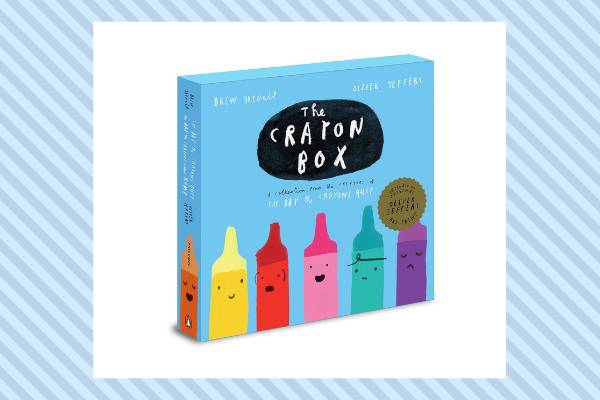
Image courtesy Penguin Random House
Poor Duncan just wants to color. However, his crayon box only has letters from the crayons and they’ve had enough They quit! Read how the book uses casual language, past experiences and navigates between various moods and tones, through letters.
4. Dear Mr. Blueberry by author Simon James
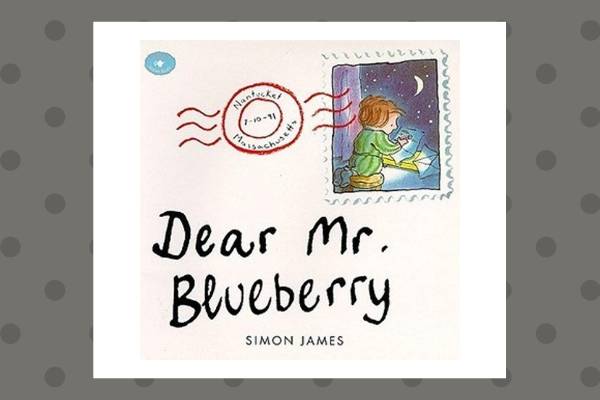
Image courtesy Scholastic
It’s vacation time and Emily has found a blue whale in her pond. She chooses to write to her teacher Mr. Blueberry for more information on blue whales. This collection of letters between them is adorable!
5. Dear Santa, Letters of James B Dobbins compiled by Bill Harley

Image courtesy Harper Collins
Everybody has written letters to Santa, at some point in their life. This book gives us a sneak peek into the string of letters James B Dobbins writes to Santa. Now that you have so much information and some cool tips, therefore, try writing an informal letter to a friend today and let us know how you and they felt in the comments section below!
Don’t forget! With its huge collection of Indian children’s books, GetLitt! is just a click away for
all your reading needs. Join GetLitt! right now to dive into a world of stories.
Like this?
Read: How to Increase Focus of a Child?
Read More: How to Improve Thinking Skills of a Child
Feature Image Courtesy Neven Krcmarek on Unsplash

